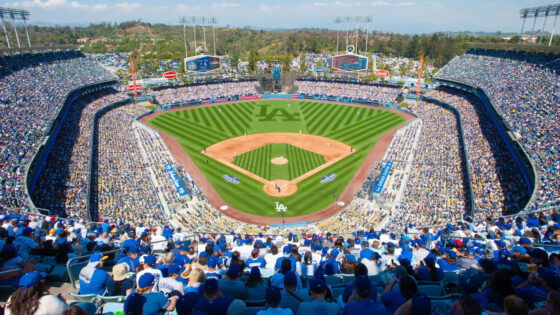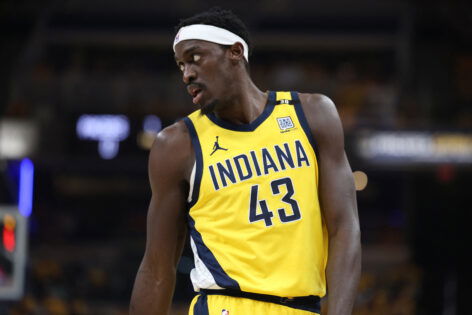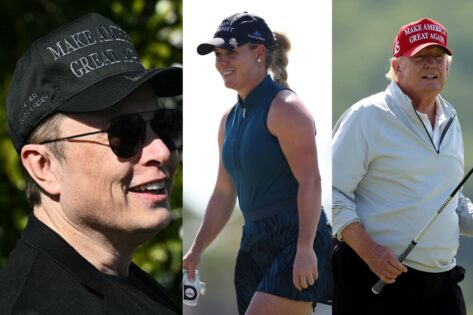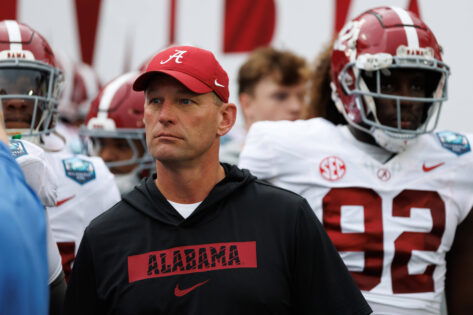Back in 2014, a robot named “Bruce,” a creation of the Paradise Valley High School robotics club, made headlines by tossing the ceremonial first pitch at a Diamondbacks game. Probably, some Howard Wolowitz came up with the idea… Now, fast-forward to today, and robotic flair is once again making its way to MLB spotlight, this time with the Dodgers.
With a few game-changing firsts added into the mix, the Boys in Blue are engineering a one-of-a-kind event designed to leave a mark on baseball history. Innovation isn’t just an occasional feature, but a tradition for the Dodgers. This time, however, it is coming with a Big NASA Bang…!
“The Dodgers say a robot from Pasadena’s Jet Propulsion Laboratory will throw out the first pitch on Wednesday,” MLB insider Bill Shaikin broke the news.
The Dodgers say a robot from Pasadena’s Jet Propulsion Laboratory will throw out the first pitch on Wednesday.
— Bill Shaikin (@BillShaikin) July 17, 2025
Yes, on Wednesday, in Dodger Stadium, you will get to experience NASA’s Jet Propulsion Laboratory robot on the field.
The robot is reportedly built by local high school students competing in the FIRST Robotics Competition, MECHA-P. While it became a crowd favorite last year when it threw out the ceremonial first pitch, this time, with support from JPL engineers, the student-led robot is making a comeback.
This partnership between NASA and the Dodgers isn’t just about cool tech. It’s about inspiring the next generation of thinkers, tinkerers, and explorers.
Typical of the Dodgers, they are leading the way when it comes to a few firsts in MLB. This time, it is a moment when space, science, and baseball all will collide. The team is already using high-tech tools like biomechanical analysis and customized training programs in their talent development process. Something unheard of before in MLB. Now, the introduction of a NASA-powered robot is just a new addition to the list.
So, while the Dodgers are playing their part in bringing the latest innovation to baseball, it’s time for MLB also to work towards their much-hyped robot umpire.
The Dodgers are paving the way for introducing a robot umpire
Implementing robot umpires or the Automated Ball-Strike System (ABS) has become increasingly important in modern baseball. With games often hinging on razor-thin margins, missed strike zone calls can dramatically impact outcomes. Hence, a standardized, automated strike zone would bring consistency and fairness, eliminating the unpredictability of human error behind the plate.
Beyond accuracy, ABS can also improve the pace of play. By reducing arguments and speeding up pitch calls, games could flow more smoothly, a key goal for MLB in recent seasons. Additionally, teams would benefit from more precise data for player development. With a reliable strike zone, hitters and pitchers can train and be evaluated with greater objectivity.
However, despite these benefits, MLB is still hesitant to implement ABS in regular-season games. One major reason is resistance from players, especially pitchers and catchers, who rely on pitch framing.
Lastly, there’s the question of tradition. Baseball is deeply rooted in its human elements, from quirky umpire personalities to the art of working the zone. But not to ignore, we recently experienced the beginning of robot umpires – the All-Star Game.
It was the first ABS challenge at ASG. In the bottom of the 1st inning, Cal Raleigh challenged an 0-2 pitch to Manny Machado from AL starter Tarik Skubal. While home plate ump Dan Iassogna called it a ball, ABS overturned that call. And Machado was back in the dugout. Then, in the top of the 5th inning, Jacob Wilson challenged another call on a 1-0 fastball from MacKenzie Gore that Iassogna called a strike. The replay showed that the pitch was a mere 1.3 inches below the strike zone, allowing Wilson to win the 2nd AL challenge.
The third challenge was made by Alejandro Kirk. In the bottom of the 9th, Aroldis Chapman’s pitch to Brendan Donovan was called a ball. But the challenge reversed that call.
Clearly, the implementation of ABS will minimize human errors, allowing for fairer play. And maybe, the Dodgers’ inclination toward technology and the latest ASG data will speed things up.
The post Dodgers Announce NASA Surprise for Historic Night Featuring Robotic Twist appeared first on EssentiallySports.



